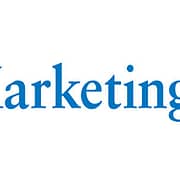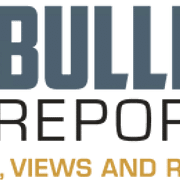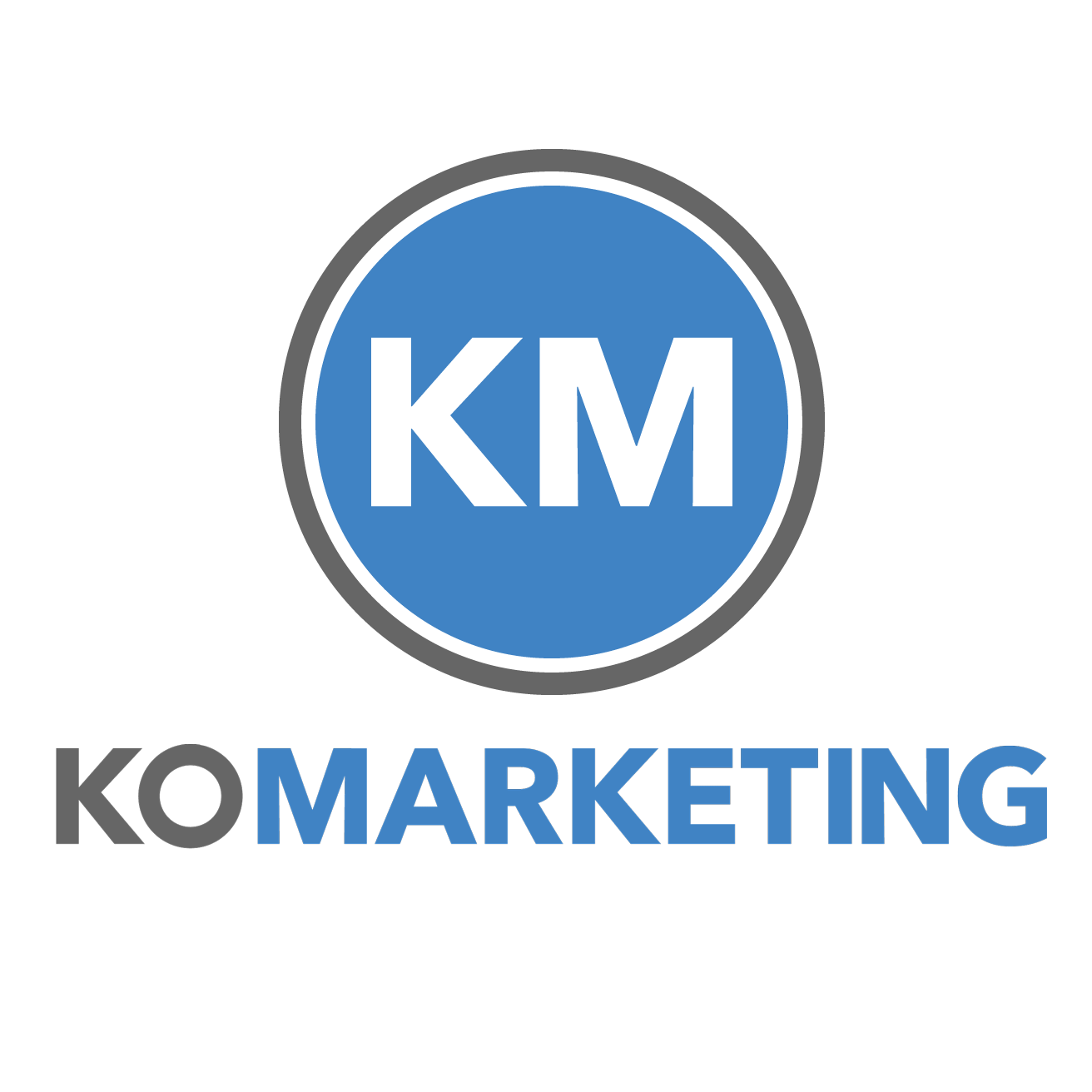61% of marketers said they expect in-housing to increase
Marketers and agencies are expecting in-housing to continue this year, a clear sign that what was once a growing trend might be the new reality.
The amount of work managed in-house is expected to increase over the next few years, according to 61% of senior-level marketers who responded to a survey by RSW/US, a firm that helps agencies find new business opportunities.
The report found that half of agency respondents said that 26% or more of their clients do “agency-like work” in-house. It also found that, compared to five years ago, more and more marketers are using two or fewer agencies to support their business needs.
“Marketers are struggling to do more with less,” the report said. “While many marketers are making the move to bring some services in-house, this alone isn’t their answer. Agencies need to show marketers why they are unique in the value they provide, as marketers will continue to look to agencies to bring them things they can’t get from an in-house shop.”
In-housing
According to the report, 48% of agencies expect the amount of work clients manage in-house to increase, while 46% said they expect no change. Only 7% said they expect in-house work to decrease.
“Agencies have to learn to work with in-house firms,” Sneider said. “If I were an agency, I wouldn’t want to ignore what’s happening.”
Nancy Hill, former 4A’s CEO and founder of consultancy Media Sherpas, said it’s “too soon” to tell how the in-housing trend will shake out—but said agencies, particularly independent ones, are beginning to find ways to prove their value within this framework.
“Clients are certainly experimenting with what works internally versus what works externally. I think agencies are figuring out how to work with that system,” she said.
Greg Paull, principal and co-founder at marketing consultancy R3, said marketers will continue to “find more and more things to try and do in-house,” particularly those who are armed with first-party data they may not want to share with agencies.
Consolidation
The report found a slight uptick in the percentage of marketers who plan to consolidate the number of agencies in their roster this year.
In 2018, 26% of marketers said they plan to use fewer agencies, while in 2019 that number rose to 35%. Additionally, 70% of marketers reported using two or fewer agencies to support their business needs, compared to 54% in in 2017.
However, Paull is skeptical that marketers are actually making moves to seriously consolidate their rosters.
“I think they’re talking about consolidation, but I don’t believe they’re actually doing it,” he said. “I would be surprised if rosters continue to decrease, because I think marketers are looking for the best ideas. They are willing to go anywhere for that.”
View Article









